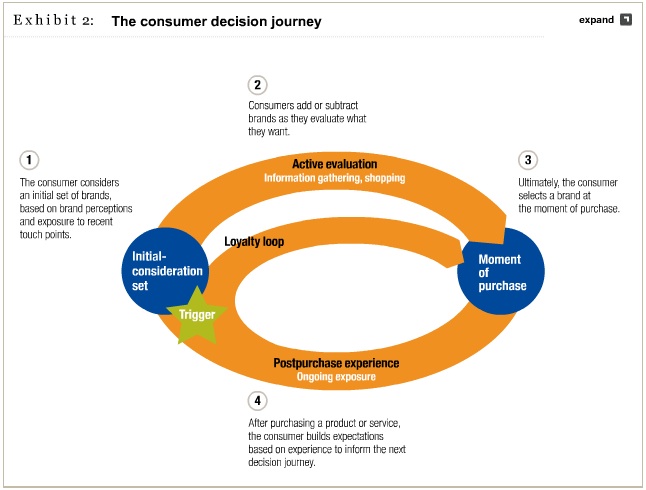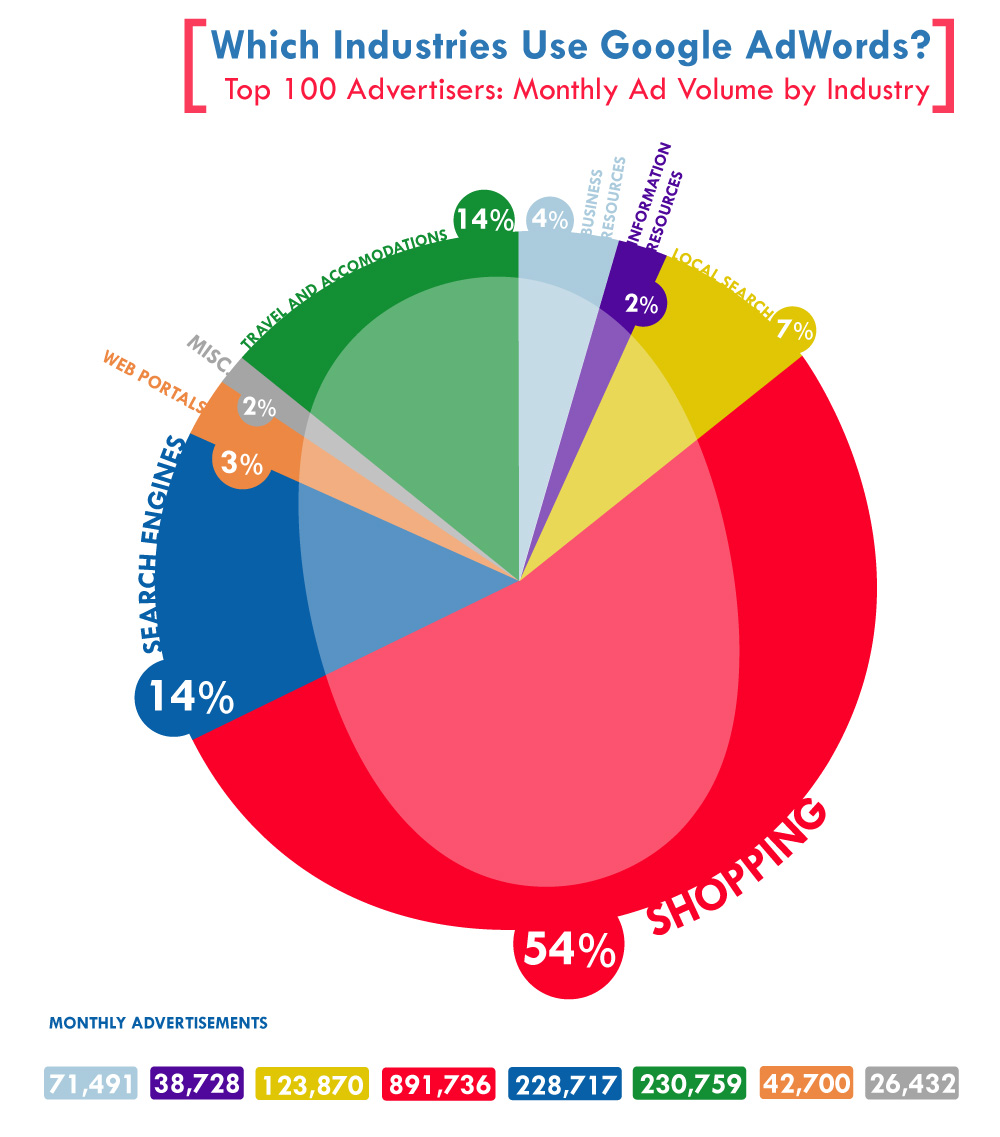11 full weeks of classes has just passed – and I can’t believe we are coming to the 2nd last week of classes. Thinking about this e-marketing class, it has just been unbelievably interesting that I am enrolled in it. Just last year, when my co-op coach asked me if I would consider taking an e-marketing class, I hastily replied ‘No.’. You see, I wasn’t comfortable with technology and the thoughts of engaging with online platforms just weren’t that appealing. Surprisingly, when summer came, I decided to enroll myself in the e-marketing class, because I recognized the importance of online marketing and how useful it will be to have such skills. I saw myself opening up a little towards the idea of embracing the wonders of the internet.
A few days ago, I was talking to a recent UBC graduate and I was telling her how challenging and effortful this course was – and she replied “But it’s all going to be worth it. I wished I had taken this course. At least 80% of entry-level jobs require that.” As I pondered about her comment, I thought about the takeaways from this class. I don’t think I have become excellent in using the digital tools, but it has definitely open up the idea of me being comfortable around them – knowing that I am capable of learning them. Also, we know how much technology is changing every day – of course I know many of us “know” it, but we do not really “sit” with it – at least for me. The “news” section at the beginning of our every day class led me to read, subscribe and blog about e-marketing articles that I would have never done before. (By the way, I find this Clickz a really resourceful site with online marketing news.) And while many of us are hyped up over using digital tools, this class has taught me what it meant to be careful of the shiny diamond syndrome – don’t get caught up using a certain platform just because everyone is using it, rather – as Groundswell states – know your target audience (People), why your business is using it (Objective), how should you be using it (Strategizing), and finally what should you be using (Tools).
Many people come into this class because they had an interest or they were already experts in the field. I came into this class because I recognized that e-marketing was important. It was definitely a steep learning curve for me but if you were to ask if I would have taken this course after knowing what’s it like – ‘A definite yes…… but be prepared to be pushed out of your comfort zone 🙂 .’







